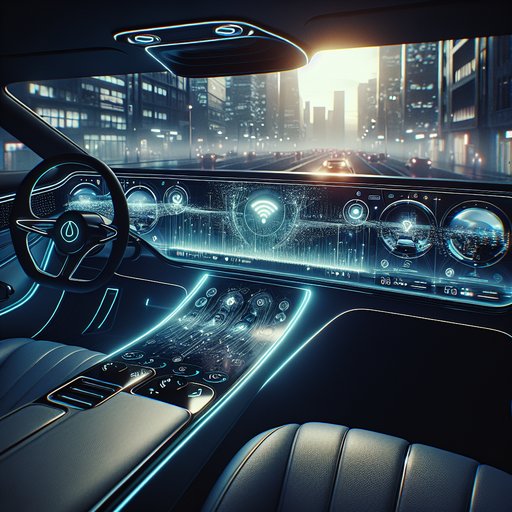
We spent a week and 600 miles with a 2024 Mercedes-Benz E 450 4MATIC to focus solely on its infotainment and connectivity tech. From boot times and voice control to wireless smartphone mirroring and in-car apps, here’s how MBUX’s latest Superscreen behaves in real traffic, poor reception zones, and daily commuting.
Our test car featured the MBUX Superscreen setup: a 12.3-inch driver display, 14.4-inch central touchscreen, and optional 12.3-inch passenger display, plus a head-up display with augmented-reality guidance. Hardware highlights include a built-in modem with data connectivity, wireless Apple CarPlay/Android Auto, a Qi wireless charging pad, and over-the-air update support. The Burmester audio upgrade added Dolby Atmos support and vehicle-linked sound profiles. Testing covered five days of mixed city and highway driving with frequent restarts, structured A/B testing of features, and night/day glare checks.
We paired an iPhone 15 Pro and a Pixel 8 Pro, evaluated Bluetooth multipoint behavior, ran native streaming apps, and tried the Mercedes App Store (video apps limited to parked use; the passenger screen remains usable in motion but dims if the driver looks over). The interface follows a “zero-layer” approach: key functions surface on the home screen as dynamic tiles, while a persistent climate bar remains docked. Touch response is quick and consistent, with app switches typically under half a second and smooth 60-fps animations. From door unlock to a usable home screen averaged about five seconds; full online services (traffic, app data) stabilized within 15–20 seconds.
The reverse camera came up near-instantly when selecting R, even before the system finished background loading. The only hiccup was occasional mis-taps on small sliders and the passenger-screen privacy dimming being a bit overprotective in bumpy corners. Navigation is strong. The HERE-powered maps render sharply, and the AR overlay paints directional arrows and street labels onto a live camera feed at junctions—genuinely helpful in dense urban grids.
Lane-level guidance is timely, and address/POI search is fast. Voice control impressed: “Hey Mercedes, take me to the nearest DC fast charger” returned relevant options reliably, and natural language climate/light requests worked nine times out of ten. Offline continuity is decent; when we drove through a low-signal valley, routing continued on cached maps and regained traffic data automatically. Connectivity was robust.
Wireless CarPlay and Android Auto paired quickly (7–10 seconds after startup) and never dropped during our week, even with simultaneous Bluetooth phone and media profiles. Latency for track skips and call pickup felt effectively instant, and audio/video sync in third-party nav apps was stable. The Qi pad held phones securely and maintained charging during spirited driving. USB-C ports delivered rapid top-ups, and the in-car hotspot supported a 720p video call without stutter at highway speeds.
Native apps reduce phone dependence, though the catalog is still growing and some logins took extra steps. Overall, this MBUX iteration combines high polish with real-world speed and stability. The AR nav, strong voice assistant, and quick wireless mirroring stand out. Trade-offs remain: too many settings are nested, the lack of a physical volume/tuning knob won’t suit all drivers, and privacy dimming can be overzealous.
If you value cutting-edge guidance, seamless smartphone integration, and OTA-ready futureproofing, the E-Class system is among the class leaders; traditional-control purists may prefer rivals with more hard keys.












